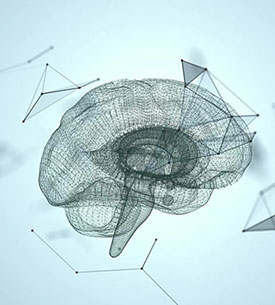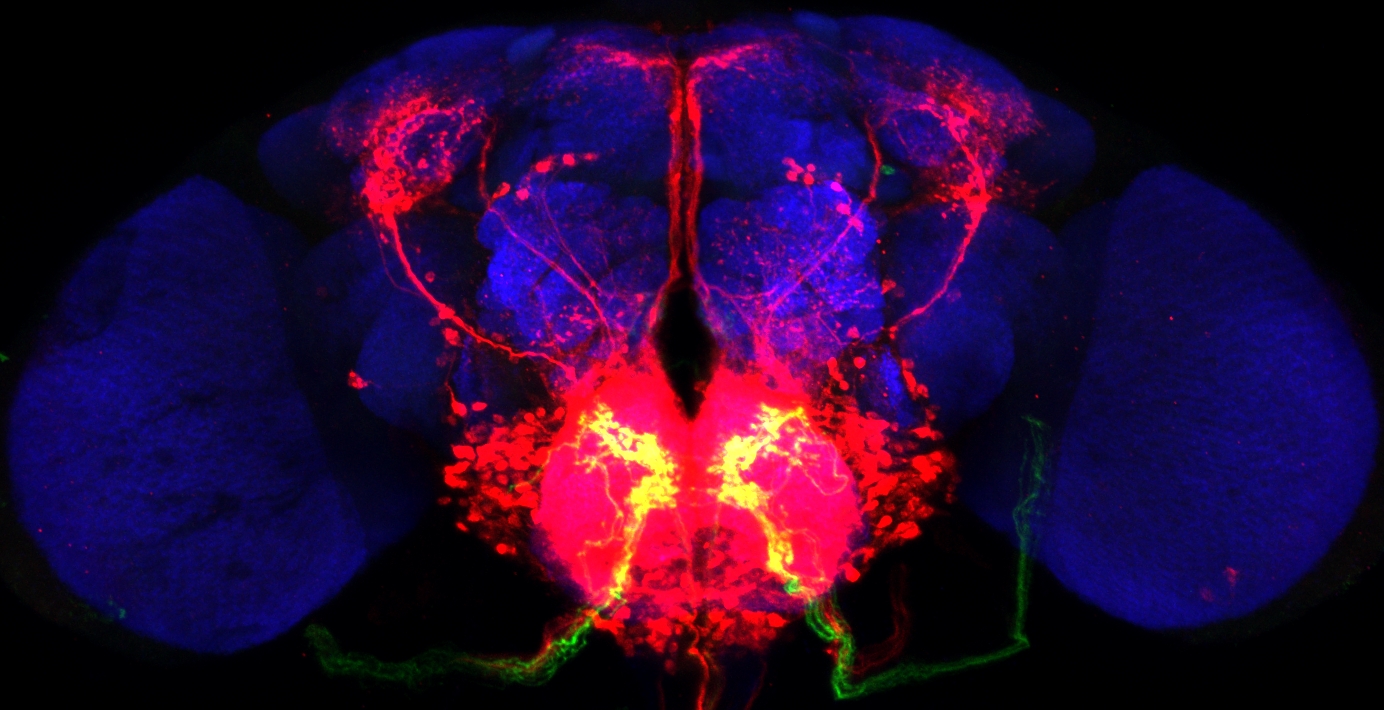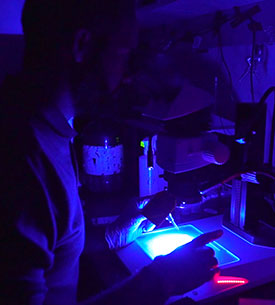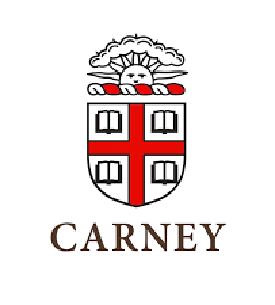
Cognition and Behavior
Researchers at Brown seek to understand the "outputs" of brain activity -- cognition, decision making, cognitive development, emotion, memory, and attention. Brown's strength lies in the close connection between basic science research on human brain function and behavior to clinicians in psychiatry at Brown's affiliated hospitals, who have a vested interest in understanding and modifying human behavior. Research themes include computational approaches to the study of cognition, the study of the frontal lobe (what makes us human), decision making and cognitive control. Key clinical applications include autism, ADHD, and frontostriatal disorders. The Robert J. and Nancy D. Carney Institute's MRI research facility and brain stimulation facility critically support this work.





